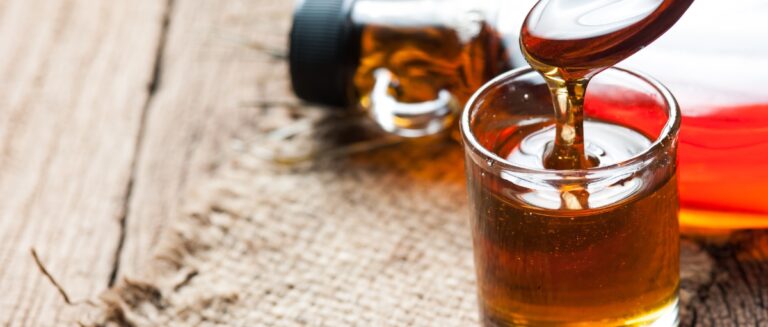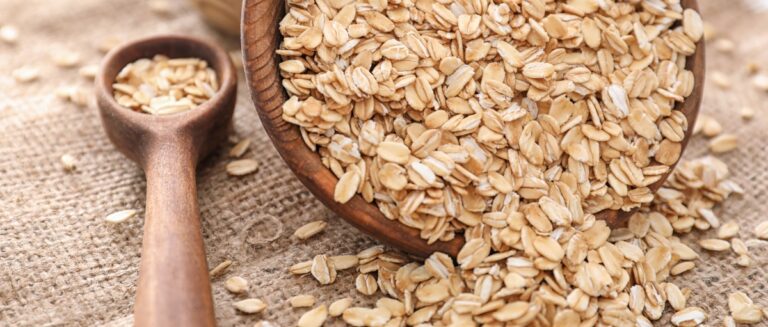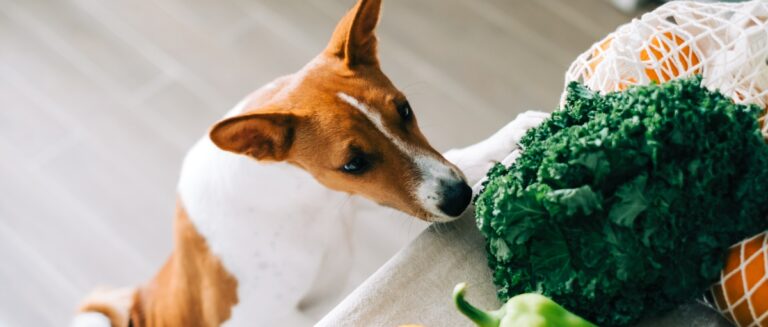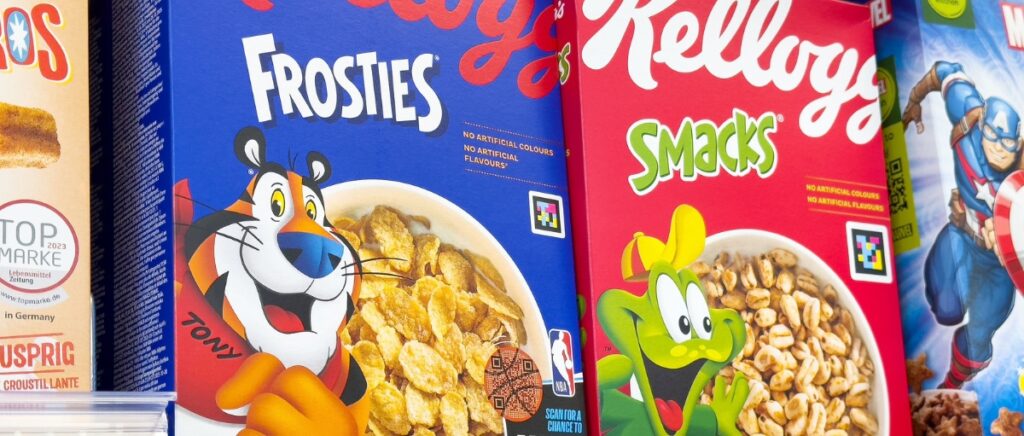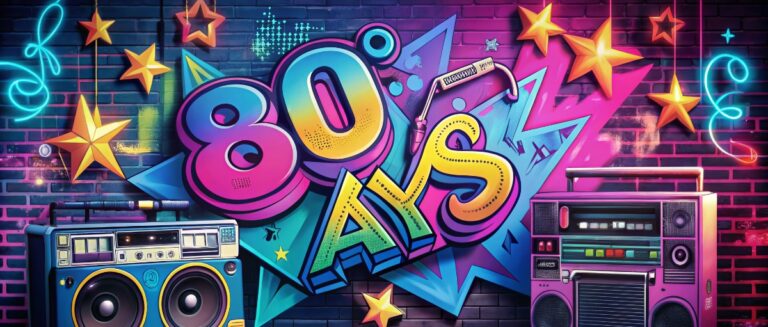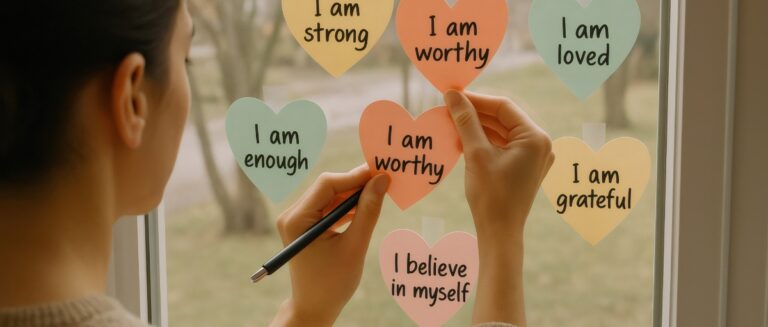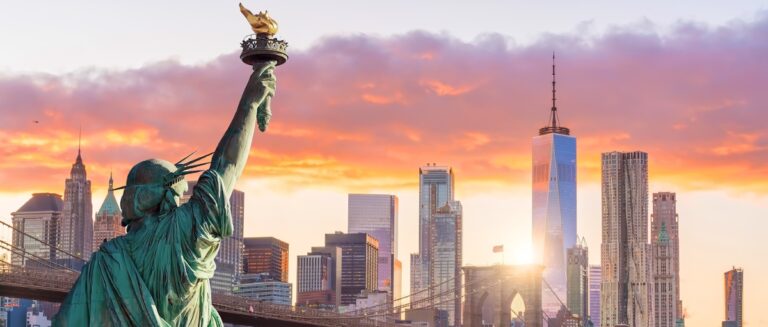“They’re Gr-r-reat!” “Silly rabbit, Trix are for kids!” “Follow your nose, it always knows!” Suppose you’re a Baby Boomer who grew up eagerly scanning the grocery shelves for that grinning orange tiger on a box of Kellogg’s Frosted Flakes or scouring the mall for that rainbow-beak bird on a Froot Loops t-shirt. In that case, chances are you can instantly hear these catchphrases in your head.
For seniors, cereal mascots have been much more than cartoon pitchmen trying to appeal to kids with sugar-coated corn puffs and marshmallow shapes. Beloved characters like Tony the Tiger, Toucan Sam, Cap’n Crunch, and the Trix Rabbit were our breakfast buddies—there to share in the ritual of morning cartoons and lazily poured bowls.
Research has shown that brand mascots and characters can increase profits and emotional connection with customers by up to 41%. But have you ever wondered about the stories behind these “spokescreatures”? How did they evolve from simple black-and-white sketches in the 1930s to digital influencers with social media accounts?
Grab a bowl of your favorite childhood cereal, and we’ll take a tour through the delightful, colorful, and sometimes wacky world of cereal mascots.
The Illustrated History of Cereal Mascots
Snap, Crackle, Pop, Tony the Tiger, Toucan Sam… these names instantly evoke images as vivid as the colorful mascots. But these cereal superstars didn’t spring to life fully formed from a crispy cornflake. They result from over a century’s evolution in cartoon artistry, advertising, and breakfast culture.
Humble Beginnings in the Early 20th Century
The earliest mascots were simple line drawings used to promote newfangled ready-to-eat cereals at the turn of the 20th century. Quaker Oats featured a distinguished Quaker gentleman, while breakfast innovator Kellogg’s stamped boxes of Corn Flakes with the benevolently bespectacled visage of Dr. John Harvey Kellogg’s signature.
Snap, Crackle, and Pop Make Their Pop Culture Debut
The real breakthrough came in 1933 with Kellogg’s introduction of Snap, Crackle, and Pop for Rice Krispies. The elfin trio didn’t just symbolize the cereal’s texture—they personified the very sound and sensation of eating it. With the slogan “Listen to the fairy song of health,” the impish brothers became the first fully realized mascots, paving the way for characters who could interact with the product in commercials.
The Cereal Mascot Boom of the 1950s and ’60s
The post-WWII economic surge saw an explosion in mass marketing and cereal characters. Productivity increased by 96% during that time. As sugary breakfast treats proliferated and TV sets replaced radios, animated characters became essential to winning over kids.
Tony the Tiger proclaimed Kellogg’s Sugar Frosted Flakes “Gr-r-reat!”—a globally recognized catchphrase nearly 70 years later. Toucan Sam followed to charm children with his colorful plumage and “nose for adventure” to promote fruit-flavored Froot Loops.
Other cereal mascots soon burst forth from breakfast boxes. Cap’n Crunch brandished his mighty spoon and a secret treasure map. Lucky the Leprechaun protected his “magically delicious” charms. The sneaky Trix Rabbit in 1959 joined the scene, forever foiled by scheming kids pursuing his namesake cereal.
New Friends Join the Breakfast Table
The late 20th century saw mascots continue multiplying as an influx of cartoon-branded cereals hit the market. Memorable additions like Franken Berry, Boo Berry, Count Chocula, and Fruity Yummy Mummy made every trip to the grocery store an adventure, each character with its distinct personality quirks.
Across decades, technological advancements in TV, movies, and eventually digital media allowed the mascots to become fully realized characters starring in their own commercials and short films. Their faces began cropping up on everything from t-shirts to toys, embedding them even deeper in the cultural imagination.
Breakfast Buddies Who Have Stood the Test of Time
Many of the most iconic cereal mascots have endured for half a century, a testament to their indelible place in our childhood memories. Like the cereals they represent, they’ve evolved with the times, but they still have the power to make us feel like kids again with a simple slogan or jaunty whistle.
The Psychology of Cereal Mascots
It’s Saturday morning, 1974. You’re ten years old, still in your pajamas, huddled in front of the TV, watching cartoons with a bowl of Frosted Flakes. When a commercial comes on, and Tony the Tiger bursts onto the screen with his famous “They’re Gr-r-reat!”, you smile around your milky spoonful. That friendly tiger isn’t just a mascot—he’s your pal, there to share in the weekly ritual of sugary cereal and animated antics.
This simple scenario illustrates the potent psychological pull of cereal mascots. On the surface, they’re just cartoon characters schilling breakfast food. But their impact runs much deeper, forging powerful emotional connections that start in childhood and linger long into adulthood.
How Mascots Make Cereal Exciting for Kids
For children, cereal mascots are more than just eye-catching box art. They’re vibrant companions who make the mundane morning meal a delightful, imaginative experience to look forward to. Each colorful character presents a unique personality—from the swashbuckling Cap’n Crunch to the mischievous Trix Rabbit—mascots become relatable friends who guide kids through fantastical adventures to start the day.
Think of Toucan Sam inviting you to “follow your nose” to a treasure trove of rainbow fruit flavors, or Snap, Crackle, and Pop merrily singing their cereal song as you dig your spoon in and hear that satisfying “snap.” These characters don’t just represent the cereal—they embody the fun of eating it, turning breakfast into an event as exciting as Saturday morning cartoons.
Mascots’ Lasting Connection with Adults
For adults, especially seniors who grew up in the heyday of cereal mascots, the characters represent a powerful link to the past. That wave of childhood nostalgia triggered by seeing a familiar face from a cereal box can be transporting, conjuring warm memories of simpler, more carefree times. A study revealed that provoking a feeling of nostalgia activated two areas of the brain: the memory and the reward systems.
In a world of constant change and uncertainty, mascots are enduring figures of comfort and stability. They’re the same friendly faces who greeted us every morning as kids, and still do today, barely aged a day. That sense of familiarity and trust forged in youth translates to lifelong positive associations with the brand.
Mascots as Brand Differentiators
For cereal brands, mascots are invaluable tools for creating distinct identities in a crowded market. By anthropomorphizing a product, mascots give the cereal a relatable personality, turning it from an interchangeable box of oats and corn syrup to a character consumers can recognize and connect with.
A mascot’s quirky qualities, humorous antics, and signature lines all differentiate the cereal and make it memorable. Kids don’t just want sweetened corn puffs—they want the ones the silly rabbit always tries to sneak. Grown-ups scanning the cereal aisle are drawn to the brand that kindles fond recollections of watching Tony the Tiger score a touchdown or the Honey Nut Cheerios bee buzzily pursuing his honey pot.
Enduring Icons That Grow With Us
The true magic of cereal mascots lies in their multi-generational appeal. They capture our imaginations as kids, forging a bond through fun and shared experiences at the breakfast table. As we age, they grow with us, transforming from childhood allies to cherished symbols of our youth, still sparking that familiar joy with every encounter in the grocery store.
By tapping into the power of nostalgia, mascots maintain an emotional hold that keeps us coming back bowl after bowl, year after year—and passing that affection on to our children and grandchildren. That ability to connect across generations is the secret ingredient in their enduring charm.
5 Iconic Cereal Mascots and Their Stories
Among the colorful characters who graced grocery aisles over the decades, a few stand out as true legends. These breakfast superstars have sold millions of boxes and become indelible fixtures in the cultural landscape. Let’s open the cartoon history books and learn the stories behind five of the most famous cereal mascots ever.
1. Tony the Tiger
Bursting onto the scene in 1952 with a hearty “They’re Gr-r-reat!”, Tony the Tiger has been Kellogg’s Frosted Flakes’ fierce feline face for nearly 70 years. With his athletic prowess, confident attitude, and signature red bandana, Tony embodies the spirit of sportsmanship and active fun.
Across hundreds of commercials, Tony has evolved from a two-dimensional cartoon character to a CGI-sculpted mascot flexing his muscles in a full-blown “Cereal Bowl” football stadium. He’s starred in a Japanese anime series and even recorded a rock song.
2. Cap’n Crunch
Ahoy there! Since 1963, Cap’n Horatio Magellan Crunch has been sailing the Seven Seas of our breakfast bowls on a quest to guard his sweet cargo from cereal-swiping pirates like Jean LaFoote. With his trusty ship, the S.S. Guppy, and loyal canine companion Sea Dog, the Cap’n represents the thrill of adventure in every blue-uniformed bite.
For almost six decades, the Cap’n has captivated generations of “crew members” with his swashbuckling antics and mischievous grin. From his mysterious origins on Crunch Island to his ever-expanding treasure trove of flavors, this dedicated defender of deliciousness shows no signs of hanging up his spoon.
3. Toucan Sam
“Follow your nose, it always knows!” Froot Loops fans have been heeding this sage advice from Toucan Sam, the beak behind the rainbow-colored loops, since his debut in 1963. This tropical bird with a penchant for pun-filled rhymes guides intrepid cereal lovers on a sensory adventure with a sniffer powerful enough to detect fruity flavors from miles away.
Toucan Sam has remained one of Kellogg’s most recognizable feathered friends, from his earliest appearances with a British accent to his modern-day exploits in the “Froot Loops World” online game. His catchphrase is so iconic that it spawned a phrase for human intuition: “Toucan nose.”
4. Lucky the Leprechaun
They’re “magically delicious”—and the tiny, green-clad fellow fiercely protecting his Lucky Charms cereal has been fighting to keep it that way since 1964. Lucky the Leprechaun’s eternal battle to safeguard his stash from sugar-craving kids has become the stuff of breakfast legend.
With his lilting Irish brogue, mischievous smile, and a bottomless sack of enchanted marshmallow bits, Lucky brings a sprinkle of magic to the morning meal. Over the years, his rainbow of sugary shapes has expanded to include unicorns, pots of gold, and crystal balls. Still, Lucky’s determination to keep his “me frosted Lucky Charms” out of sneaky hands remains as strong as ever.
5. Snap, Crackle, and Pop
Long before boy bands were topping the charts, this trio of “singing and dancing gnomes” served harmonious breakfast beats. Snap, Crackle, and Pop—named for the iconic sound of Kellogg’s Rice Krispies in milk—have been serenading cereal lovers since 1933, making them some of the longest-running mascots in history.
Throughout their eight-decade career, they’ve taught generations that breakfast isn’t just a meal—it’s an audio-sensory symphony.
Mascots in the Multimedia Age: Leaping Off the Box
While cereal mascots first captured hearts through their antics on boxes and in animated ads, their reach has expanded beyond the breakfast table. As new media emerged throughout the late 20th and early 21st centuries, these colorful characters eagerly embraced the digital world.
- Memorable Mascots Hit the Small Screen: For Baby Boomers who came of age in the 1950s and ’60s, classic TV commercials featuring the likes of Tony the Tiger and Toucan Sam represented not just a sales pitch, but a cultural touchstone. With catchy jingles and beloved characters acting out imaginative scenarios, these ads became as ingrained in the era’s collective memory as the shows they interrupted.
- Mascots in the Internet Era: As social media exploded, mascots carved out their own identities as virtual influencers. Cap’n Crunch took to Twitter and Facebook to engage with his “crew” through meme-filled posts and punny updates on his swashbuckling exploits. Tony the Tiger became an online coach, doling out encouragement to fans and occasionally reminding over-eager cereal lovers that he’s a happily married tiger.
- Mascot Merchandise Mania: Beyond bits and bytes, cereal mascots have also become tangible parts of fans’ lives through a plethora of branded merchandise. From plush dolls and action figures to t-shirts and Halloween costumes, character-themed goods allow enthusiasts to bring a bit of breakfast magic into their everyday realities. Vintage cereal boxes, rare toy giveaways, and limited-edition collectibles featuring the most popular mascots are hot commodities on the nostalgia market.
Global Icons: Breakfast Without Borders
Snap, Crackle, and Pop aren’t just at home in American kitchens—they’re world travelers. As the most successful cereal mascots became global pop culture emissaries, brands had to adapt these beloved characters to different cultures while preserving their iconic status.
The Honey Monster: Sugar Puffs’ Friendly Beast in Britain
While his American cousin Sugar Bear enjoys his Golden Crisps, the Honey Monster has been delighting British cereal lovers with his “yummy honey” flavored Sugar Puffs since 1976. Initially, a menacing creature who scared away meddling humans, this wild-haired beast evolved into a lovable, joke-cracking rascal, complete with a British accent. His transformation reflects the fine line brands walk in tailoring characters for local audiences without sacrificing recognizable traits.
G’day, Blue Kangaroo: Frosties’ Aussie Ambassador
Meanwhile, in the Land Down Under, Tony the Tiger has some friendly competition from the Blue Kangaroo, the mascot for Kellogg’s Frosties cereal. Decked out in a green hat and red jacket, this vivacious marsupial hops across the outback, inviting Aussie families to “Wake up to the great taste of Frosties!” While not as well-known as his feline rival, the Blue Kangaroo’s existence underscores how region-specific characters can complement global brand ambassadors.
Tweaks for Cultural Tastes
Even the most famous mascots occasionally get a makeover when venturing abroad. In Japan, Kellogg’s Frosties feature a leaner, anime-style Tony the Tiger known as “Tony-san.” His backstory includes a girlfriend, a love of soccer, and an affinity for hip-hop dance moves.
Similarly, when Kellogg’s expanded to India in 1994, the company introduced Frosties with “Hindi-fied” slogans and an Indian cartoon tiger mascot. Acknowledging cultural dietary differences, they also emphasized the whole grain content alongside Tony’s signature tagline: “They’re Gr-r-reat—and good for you!”
Whether crossing continents or making slight tweaks for regional relevance, cereal characters’ global appeal is a testament to their enduring ability to connect across cultures. By adapting to different tastes while staying true to their core charm, these characters become more than marketing tools—they’re ambassadors of fun and flavor around the world.
The Timeless Magic of Cereal Mascots
From the black-and-white sketch of a kindly Quaker on an oatmeal container to the vibrant CGI creatures bounding across our screens today, cereal mascots have been a fixture of our morning routines and cultural landscape for over a century.
More than mere marketing creations, these lively characters are a cherished part of the childhood experience, evoking powerful nostalgia and emotional connections that span generations. A study found that nostalgia makes people more willing to spend money on goods and services.
Whether you grew up singing along with Snap, Crackle, and Pop or followed your nose with Toucan Sam, these cereal mascots were more than just cartoon salesmen. Maybe you longed for Lucky’s elusive marshmallow charms. These characters were companions at the breakfast table. With their catchphrases and mischievous antics, they turned cereal into an imaginative adventure worth waking up for.
As these colorful characters continue to evolve and enchant new generations, they serve as enduring reminders of the unifying power of a simple pleasure enjoyed across ages, cultures, and breakfast tables.
So let’s raise a spoonful to the Tonys and Toucans, the Rabbits and Cap’ns—the timeless cereal mascots who bring a little of yesteryear’s magic to the morning meal.
Sources
Campaign Asia. (2021) Brand mascots will send your profits and emotional connection soaring. Retrieved from https://www.campaignasia.com/article/brand-mascots-will-send-your-profits-and-emotional-connection-soaring/472774
Quaker Oats. (n.d.) Quaker history. Retrieved from https://www.quakeroats.com/about-quaker-oats/quaker-history
University of Texas Health Science Center at San Antonio. (2014) Dr. John Harvey Kellogg: Inventor of Kellogg’s Corn Flakes. Retrieved from https://library.uthscsa.edu/2014/05/dr-john-harvey-kellogg-inventor-of-kelloggs-corn-flakes/
Rice Krispies. (n.d.) Our story. Retrieved from https://www.ricekrispies.com/en_US/our-story.html
Prospect. (2010) The way we won: America’s economic breakthrough during World War II. Retrieved from https://prospect.org/health/way-won-america-s-economic-breakthrough-world-war-ii/
General Mills. (2020) Celebrating 60 years of the Trix Rabbit. Retrieved from https://www.generalmills.com/news/stories/celebrating-60-years-of-the-trix-rabbit
Frosted Flakes. (n.d.) Tony the Tiger. Retrieved from https://www.frostedflakes.com/en_US/tony-the-tiger.html
Carroll News. (2023) That funny feeling: The science behind nostalgia. Retrieved from https://carrollnews.org/195934/arts-and-life/that-funny-feeling-the-science-behind-nostalgia/
PepsiCo. (n.d.) About us: Cap’n Crunch. Retrieved from https://contact.pepsico.com/capncrunch/about-us
Cereal Wiki. (n.d.) Toucan Sam. Retrieved from https://cereal.fandom.com/wiki/Toucan_Sam
General Mills. (2020) Celebrating 60 years of magical marshmallows with Lucky Charms. Retrieved from https://www.generalmills.com/news/stories/celebrating-60-years-of-magical-marshmallows-with-lucky-charms
The Guardian. (2010) Honey Monster loses the weight and gains an edge. Retrieved from https://www.theguardian.com/media/2010/sep/15/honey-monster-ad
Toppan Digital. (2021) How Kellogg’s failed and then won in India. Retrieved from https://toppandigital.com/us/blog-us/how-kelloggs-failed-and-then-won-in-india/
HubSpot. (2020) Examples of nostalgia marketing in ads. Retrieved from https://blog.hubspot.com/marketing/examples-nostalgia-marketing-ads


